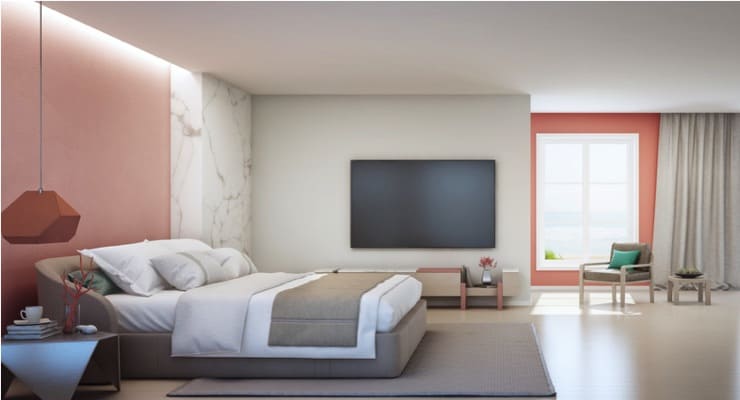Designing and constructing gate pillars involves several key considerations to ensure they are both functional and aesthetically pleasing. Gate pillars serve as the support structure for gates and can significantly contribute to the overall appearance of a property. Here is everything you need to know about gate pillar design and construction:
Planning and Design:
- Purpose: Determine the primary purpose of the gate pillars, whether it’s for decorative purposes, security, or both.
- Style: Choose a style that complements the architectural design of your property. Gate pillars can range from simple and modern to ornate and traditional.
- Materials: Select suitable materials, such as brick, stone, concrete, or metal, based on your budget, aesthetics, and durability requirements.
- Size and Proportions: Consider the size and proportions of the gate pillars in relation to the gate they will support. They should be visually balanced.
Foundation:
- Excavation: Excavate the foundation holes to the required depth and width, ensuring proper stability and load-bearing capacity.
- Concrete Footings: Pour concrete footings in the foundation holes to provide a solid base for the gate pillars. Ensure they are level and properly cured before proceeding.
Materials and Construction:
- Brick or Stone Pillars: If using brick or stone, lay the bricks or stones using mortar to build the pillars. Pay attention to the aesthetics of the pattern and joints.
- Concrete Pillars: For concrete pillars, create forms to shape the pillars, reinforce with steel bars (rebar), and pour concrete into the forms. Finish the surface to the desired texture.
- Metal Pillars: Weld or assemble metal pillars according to your design, ensuring they are sturdy and secure.
Reinforcement:
- Depending on the height and weight of the gate, reinforce the pillars with steel rods or bars to enhance their structural integrity.
Finishing Touches:
- Caps and Coping: Add caps or coping stones to the top of the pillars for protection against moisture and to enhance the overall appearance.
- Painting or Sealing: Apply paint, stain, or sealant to protect and enhance the appearance of the pillars. Choose finishes that complement the surrounding landscape and architecture.
Gate Installation:
- Once the pillars are complete and cured, install the gate securely using appropriate hardware.
- Ensure the gate is properly aligned and functions smoothly.
Lighting and Landscaping:
- Consider adding lighting fixtures to illuminate the gate pillars and the surrounding area at night.
- Incorporate landscaping elements, such as plants and shrubs, to soften the appearance of the pillars and create a harmonious environment.
Maintenance:
- Regularly inspect and maintain the gate pillars to ensure they remain in good condition. Repair any cracks, chips, or damage promptly.
- Reapply paint or sealant as needed to protect against weathering.
Local Regulations:
- Check with local authorities and adhere to any building codes or zoning regulations related to gate pillar construction and height restrictions.
Remember that gate pillar design and construction should not only meet functional requirements but also enhance the overall aesthetics of your property. Careful planning and attention to detail are essential to achieving a successful gate pillar project.





